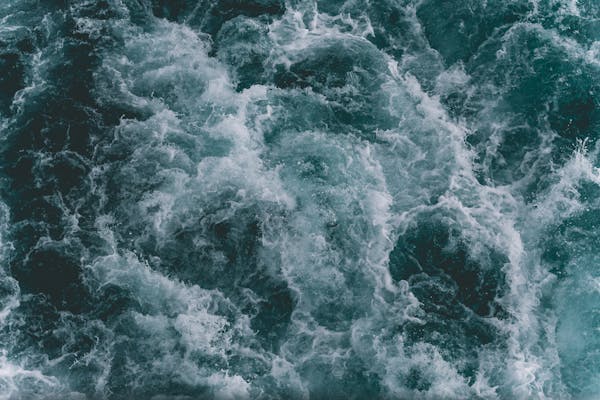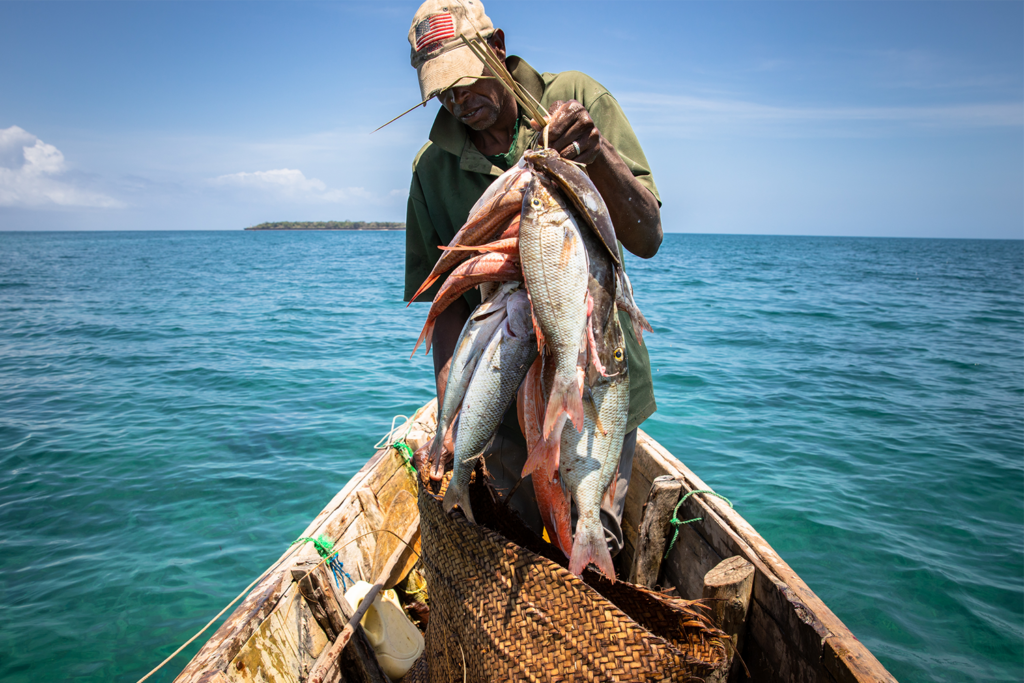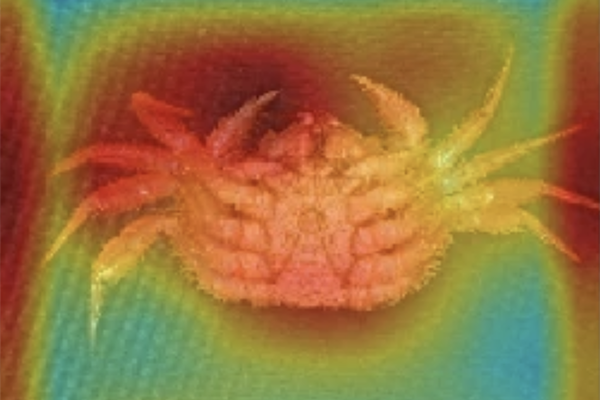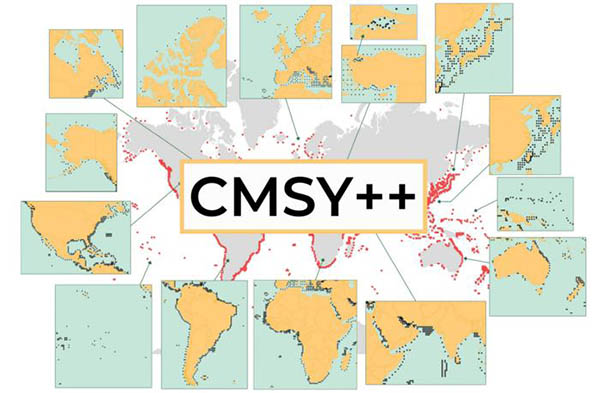Combining artificial intelligence and the internet of things could help monitor marine plastic waste or marine biodiversity, scientists say

Can artificial intelligence (AI) help improve marine data collection? An international research team from the University of Helsinki, the University of Tartu, the University of Madeira and the non-profit marine research institute MARE-Madeira has combined sensor technologies and embedded artificial intelligence to potentially make environmental data collection more effective and comprehensive. It could help with monitoring marine plastic waste or marine biodiversity, such as the abundance of animal populations.
“The higher the quantity and quality of data about the oceans obtained, the better we can use it to understand and protect the oceans,” said Petteri Nurmi, professor of computer science at the University of Helsinki. “Our methods help expand the total amount of data gathered from marine areas and reduce the effort required to collect and analyze them.”
The researchers used data collected from whale-watching excursions in Madeira, Portugal. The vessels used for these excursions usually carry persons who can record observations of the species seen or video the environment during the tour.
In the study, an AI model assisted individuals in environmental real-time observation. AI was also used to identify whether the video footage showed certain animals, such as dolphins or whales. In addition, the researchers compared the AI assistance received by experienced and less experienced observers and explored how AI-assisted animal observations served as data for training the model.
“We analyzed how AI assistance affected the quality of data and human observations,” said Nurmi. “AI improved the accuracy of animal observations by amateurs but did not affect expert observations. On the other hand, when the data collected were used for training purposes, the best results were achieved by combining AI classifications with expert observations. Thus, interactions between humans and AI can influence each other and they need to be better understood.”
Make seafood production and processing more responsive and responsible? Sounds like a job for AI
The method could ideally be used for faster identification of animals moving in marine areas. The results and methods can also be expanded to observe other organisms.
Another study looked at identifying and categorizing underwater plastic waste. Currently, collecting samples for lab analysis is time-consuming, often done by divers or devices. Aerial photography can also spot surface plastics.
In this study, researchers developed an AI model using sensors to analyze light spectrum data. It connects to diver gear or diving robots to identify the types of plastic waste underwater. The model showed 85 percent accuracy in distinguishing plastic types.
“We are capable of identifying four out of five objects directly, which means we need to send fewer samples to a lab for identification,” said Nurmi. “This provides us with more data and thus a more comprehensive overview of marine plastic pollution.”
With improved data collection methods, other experts may find ways of applying the new methods. For example, knowing the type of plastic makes it easier to find its source and prevent pollution. This data also helps us understand how different plastics affect ecosystems since they contain varied chemicals and break down differently.
“Originally, air quality research relied on a few large measuring towers, but now you can find them even on bus stops,” said Nurmi. “In marine sciences, this is not yet the case, even if the methods for collecting marine data and the number of actors involved are increasing. Our research ensures that we can obtain even more accurate marine measurement data as the capabilities to collect data improve.”
Now that you've reached the end of the article ...
… please consider supporting GSA’s mission to advance responsible seafood practices through education, advocacy and third-party assurances. The Advocate aims to document the evolution of responsible seafood practices and share the expansive knowledge of our vast network of contributors.
By becoming a Global Seafood Alliance member, you’re ensuring that all of the pre-competitive work we do through member benefits, resources and events can continue. Individual membership costs just $50 a year.
Not a GSA member? Join us.
Author
-
Responsible Seafood Advocate
[103,114,111,46,100,111,111,102,97,101,115,108,97,98,111,108,103,64,114,111,116,105,100,101]
Related Posts

Fisheries
How computer science and artificial intelligence can enhance commercial fishing
Artificial intelligence is drawing attention as a powerful tool to improve fisheries management and pave the way for a stronger, healthier ocean.

Fisheries
AI-powered crab gender identification could improve fishery management and conservation
An AI-powered model developed by researchers "vastly outperformed" humans in correctly identifying the gender of horsehair crabs.

Fisheries
AI-powered, data-limited stock assessment method more accurate than ‘gold standard’ in predicting fisheries catches
AI-powered CMSY methodology requires inputting only catch data to estimate fish stocks and how much fishing pressure can be applied.

Intelligence
First Nations-led artificial intelligence technology holds promise for salmon recovery
New artificial intelligence monitoring tool is "remarkably adept" at identifying and counting fish species.



